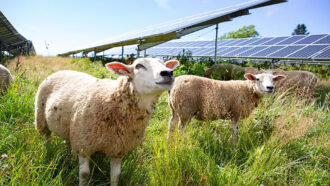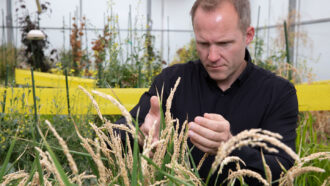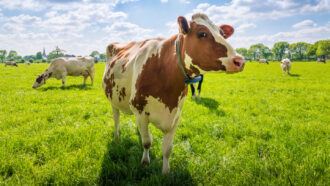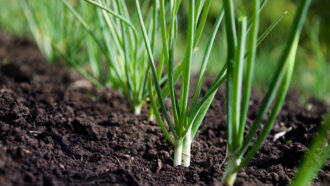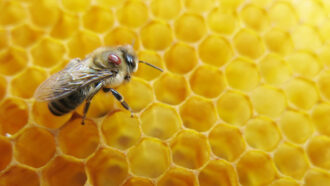Farms sprout in cities
The farms of the future may be where you would least expect to find them -- in towering skyscrapers in some of the world's largest cities
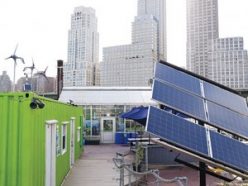
When you hear the word “farm,” chances are you picture rolling hills in the country covered with cows and cornstalks. But some scientists, engineers and city planners say the farms of the future could rise straight into the air. They imagine them in skyscrapers in the world’s most populated cities.
It might sound far-fetched, but in fact, some of the technology for growing crops indoors already exists. The scientists stationed at the South Pole research station enjoy fresh salads every day. They grow vegetables in their own greenhouse. And the National Aeronautics and Space Administration, or NASA, has been experimenting for years with ways to grow fresh fruits and veggies on the moon or even on Mars.
Those in the know say bringing farming indoors solves a number of problems. First, traditional farming takes up a lot of land. Dickson Despommier is an ecologist at Columbia University. He notes that it takes a plot of land as big as the entire state of Virginia just to grow enough food for all the people in New York City. That’s about 8 million people.
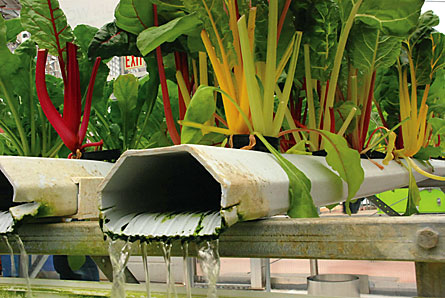 |
|
Swiss chard grows in water enriched with nutrients in the greenhouse aboard the Science Barge. An indoor, vertical farm would probably take advantage of a similar system, re-using the water.
|
| Courtesy of www.nysunworks.org |
Cities that grow their own food would become more self-reliant. They also would be less vulnerable to catastrophes such as hurricanes that can make it impossible for trucks to deliver fresh produce to grocery stores. What’s more, fruits and vegetables grown outdoors face all kinds of hazards, from flooding to insect pests. There’s also weather instability, such as late or early frosts that can damage a crop. “What happens outside is lightning bolts strike, there are floods, pests, drought,” Despommier says. “You can control everything indoors. You can’t control anything outdoors.”
To top it off, by the year 2050, the world population will grow by another 3 billion. As populations grow, the land available for farming shrinks. This raises an important question: Where will we grow the food for all these people? Despommier and his colleagues say “vertical farming” is the answer — growing crops in skyscrapers tens of stories high.
Vertical farming takes up much less land than traditional, “horizontal” farming. And its advocates say it could provide new uses for hundreds of abandoned buildings in cities around the world.
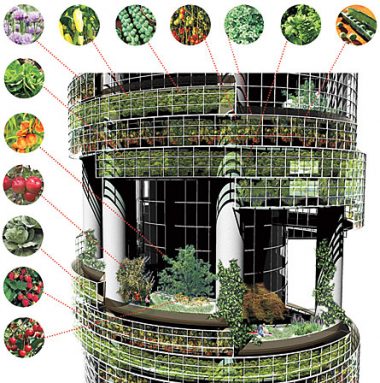 |
|
One idea architects and engineers have is to build this “Living Skyscraper,” which would house 16 floors dedicated to farming right in the middle of the city.
|
| Blake Kurasek |
Vertical farms don’t exist yet. But their proponents say a well-designed facility could recycle water from indoor fish ponds and use that water to irrigate crops like strawberries, peppers and tomatoes. Crop waste, such as stalks and leaves, would be composted. And the gases given off from composting would be used to heat the building. Livestock such as chicken or pigs could even live in a vertical farm. Their waste would be recycled as a source of energy.
But those familiar with the hurdles of growing crops indoors say it’s not going to be easy to make the transition to vertical farming. “If I was going to play devil’s advocate, I’d say it is going to be tough,” says Gene Giacomelli. He heads up the Controlled Environment Agriculture Center at the University of Arizona in Tucson.
It can be tricky to regulate climate conditions indoors, he says. Maintaining the correct balance of humidity can be especially challenging. “At the end of the day, it is going to be raining in these buildings,” he says.
Plus, plants differ in their weather and lighting needs. Tomatoes like warm, sunny weather. Greens like lettuce prefer cooler temperatures. And nearly all crop plants require lots of sunlight.
Mimicking sunlight is challenging, but scientists are learning how to make artificial lights that produce the colors, or wavelengths, of light — especially red and blue — that crop plants need. Still, artificial, electric lights present their own challenges. First, overhead lights are inefficient. They give off the majority of their energy as heat, instead of light. One type of light, called a light-emitting diode, or LED, overcomes this problem, but Giacomelli says these are still too expensive for widespread use.
Overcoming these challenges will take time. Most experts suggest it would be anywhere between 5 and 15 years before the first vertical farms could be created.
Going Deeper:


